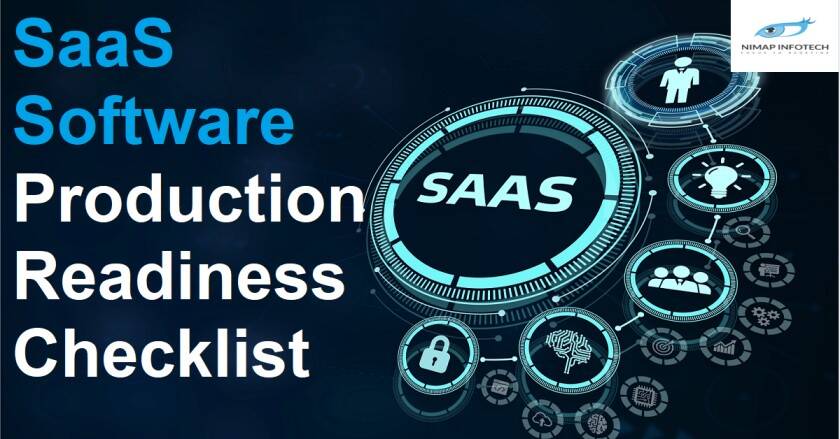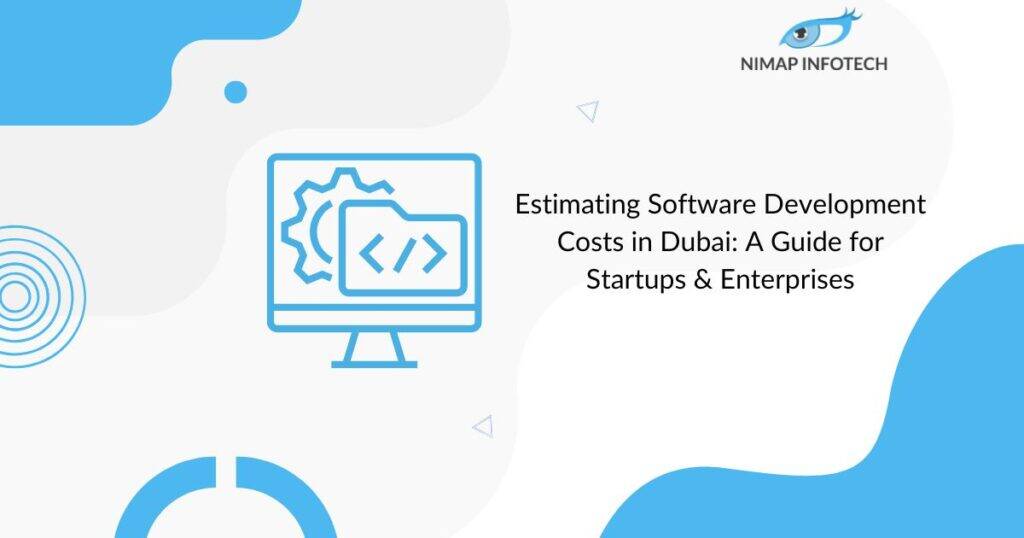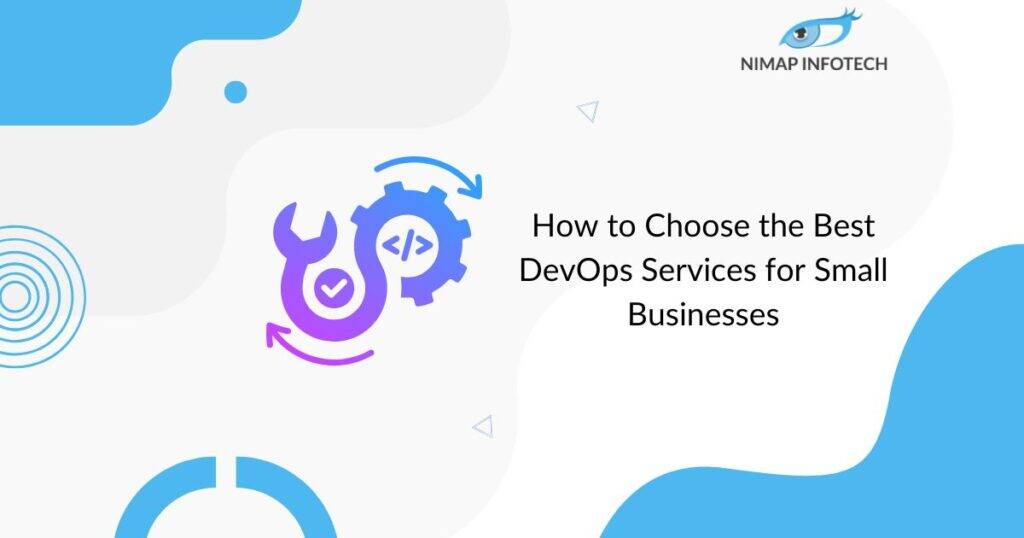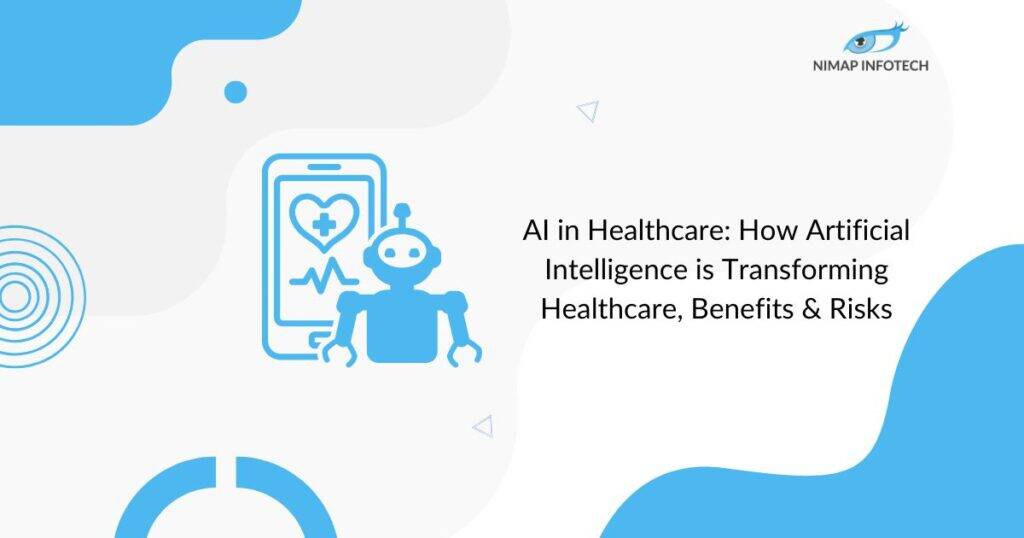As the SaaS industry is swamped with new products, features, and upgrades, we’ve seen it all happen, from launching a product too early to getting lost in the marketing cacophony. Without question, if you don’t take action, you face the danger of becoming forgotten.
But how do you publicize the release of your product? How can you make sure your consumers are aware of it? How may a SaaS product be introduced to gain more traction?
Everything you need to do before releasing your product is explained in this post.
Use this checklist to create anticipation for the launch of your SaaS software and ensure that it is well-publicized.
Table of Contents
ToggleHow to Prepare for the Saas Product Pre-launch?
You can now launch your SaaS product and capitalize on its full potential! However, you must first make sure that it is ready for sale. Here is where your marketing strategy will be useful. The ideal way to contact your target audience must be determined.
During this phase, you should clearly understand who would purchase your software and how they will use it. You should also research your rivals’ products to find any significant distinctions that might help you set yourself apart from them.
Examine and comprehend your competitors: You must get ready to keep your head above water if you are entering a market with a new product. Even if you are not the pioneer in your industry, you can make sure you are not the last by thoroughly researching your rivals and their methods of operation.
Keep these four things in mind to understand what your competitors are doing and how they are faring in the marketplace:
Website Analysis:
- You may start by visiting your rivals’ websites and examining their content, layout, and navigation.
- You will have a better understanding of your rivals’ strategies and areas for development as a result.
- Additionally, you may view the kinds of goods and services they provide for their clientele.
- You can browse through their blog articles or social media updates if anything is distinctive or remarkable about them.
Social Media Analysis:
- Examine your competitor’s social media presence after learning how they fare in search engine results.
- You may use social media monitoring software like Hootsuite to check what material they share and if they are active on Facebook or Twitter.
- Additionally, you may look at the number of followers and likes each post has to get a sense of the content that appeals to your audience.
Market Analysis:
- What distinguishes your product from others available on the market?
- What client problems does it address that other products don’t?
- Do you and your rivals have any similarities? Are they providing good service to those clients already, or might you entice them away with a different product or service?
Also Read: MVP Software Development: A Complete Guide
Checklist Points to Launch a SaaS Software in 2023 –
Price strategically:
- The cost of a new product is a crucial consideration when selecting.
- Insufficient revenue will prevent you from paying your bills.
- But if you overpay, you risk losing thousands in potential sales to disgruntled clients!
- You shouldn’t charge too much to bring in and keep new clients.
- If you’re unsure of how to introduce a SaaS Software product with the ideal price tag, the following four pricing tactics will help.
Competitor-based Pricing:
- Utilizing prices from competitors as a guideline for setting your product or service prices is known as competitor-based pricing.
- Your product may cost more, less, or the same as that of rivals.
- When introducing new SaaS software to users, this paradigm is extremely important.
- Customers might not be ready to pay much for your service because of the uniqueness of your business and the fact that they won’t comprehend the worth of what you offer.
Value-based Pricing:
- You are using value-based pricing when you charge clients based on the value they will receive from a product or service—and how willing they are to pay for that value.
- Instead of matching rivals’ prices, this strategy focuses on software or product characteristics that will appeal to the target customer.
Penetration Pricing:
- A type of promotional pricing known as penetration pricing temporarily reduces the cost of products or services to boost demand.
- It has a set duration, although businesses may or may not reveal its duration.
Empower your Content Marketing Strategy with SEO:
- Serving material that doesn’t explicitly advertise a product but instead seeks to generate interest in it is known as content marketing.
- This content is often served in textual, visual, or audio form.
- Content writers strive to provide informative and inspirational content while ensuring their writing is search-engine friendly.
- People usually start with Google when looking for tools to help them with a task before moving on to Bing or Yahoo.
- They are more likely to take action—like asking for a demo or learning more about your product—if they find your content and value it. Therefore, give the launch of your SaaS product a top priority.
Show Off Your Product With a Demo:
- Making a product demo will help your marketing campaigns succeed even more.
- You have two choices in this situation.
- Use an interactive demo that people may try on their own or prerecord a video.
- The latter is a fantastic choice if you want to demonstrate the features of your product interactively, and it works amazingly well for SaaS product launches.
Get Traction:
- A SaaS product launch that is successful uses a variety of client acquisition channels.
- To avoid being overly dispersed and losing sight of the crucial metrics defining long-term performance, the most successful launches employ just a handful of these techniques or a mix.
Deliver Value:
- The incorrect strategy is to focus on a SaaS product launch that generates revenue immediately.
- Instead of concentrating on short-term earnings when launching a SaaS product, consider how your new service will meet people’s long-term requirements or aspirations.
- Create appealing brand values across time, not only for the present.
- A brand’s worth is more closely related to its narrative to customers than its performance.
- Focus on the value your product offers buyers rather than barraging website visitors with all the beautiful things it can accomplish.
- So how does one produce this “value” that is magical?
Create a Smooth Onboarding Experience:
- Create an automated onboarding process when you launch a SaaS product to inform new customers of your product’s performance; without knowing how your product functions, most customers won’t buy.
- To inform the consumer of the benefits offered by your product in this situation, you can send a series of emails.
- To assist them in better grasping the capabilities, you may utilize a straightforward product demo created using Storyline and include it in your email.
- As a result, there will be less likelihood of churn as your consumers won’t be unsure how to utilize your product.
Share the Software Roadmap:
- A product roadmap outlines the broad timetable for adding new features and adjusting current products.
- Additionally, it increases customer loyalty by letting clients know what to anticipate from a business in the next months.
- This tactic can assist in alleviating concerns about the product’s development while generating enthusiasm and anticipation for the launch of your SaaS solution.
- Revealing your product roadmap helps set expectations, promote transparency, and support the SaaS software launch.
Read More: The Ultimate Guide to Cross Platform App Development
Show Your Software in the Best Possible Light:
- To launch a personalized product successfully, attract the right customers with an enticing presentation.
- Effectively convey why your product stands out to clients, detailing its uniqueness and advantages over competitors.
- Displaying your product’s features to clients is crucial for convincing them to buy it, regardless of its numerous features.
- A product demo is an effective method to showcase your product’s features and its practical functionality.
- You might even use this to demonstrate to your clients how purchasing your product will improve their lives.
Author
-

Sagar Nagda is the Founder and Owner of Nimap Infotech, a leading IT outsourcing and project management company specializing in web and mobile app development. With an MBA from Bocconi University, Italy, and a Digital Marketing specialization from UCLA, Sagar blends business acumen with digital expertise. He has organically scaled Nimap Infotech, serving 500+ clients with over 1200 projects delivered.
View all posts









